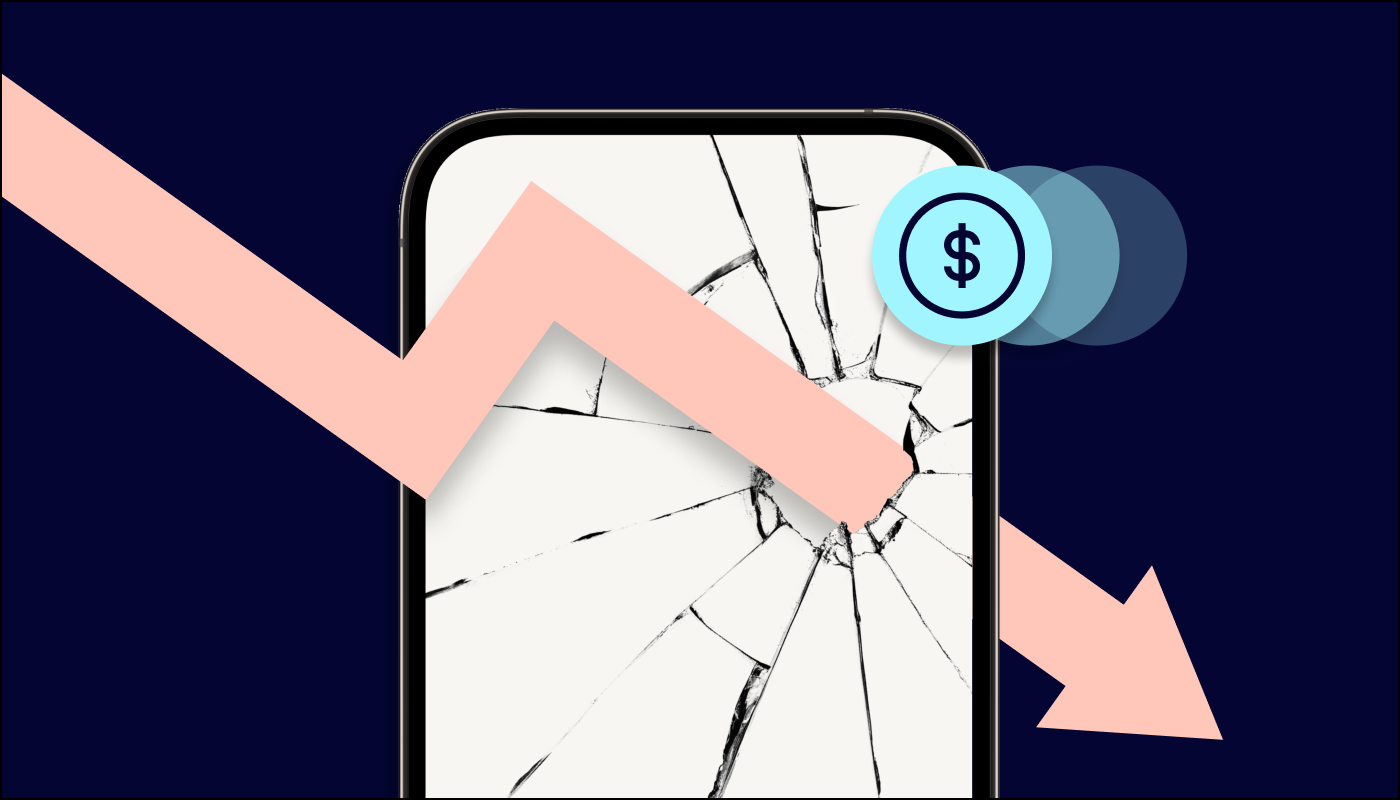Welcome to our latest blog series, 2022 Trends in Programmatic Advertising. We’re meeting with industry experts and thought leaders to bring you insights on what’s ahead for 2022 and what’s shaking up the programmatic landscape. Today, Jack Smith, Chief Product Officer from DoubleVerify (DV), joins us to talk about the critical role ad authentication and protection plays when it comes to programmatic advertising, particularly with data privacy being top-of-mind for publishers and advertisers.
Did you know? According to a poll by cybersecurity experts at Symantec, 83% of internet users are concerned about their privacy.
Publishers and advertisers must protect user privacy. But who looks out for marketers? How do you ensure your ads are served on quality inventory that meets your brand’s needs? How do you identify malicious schemes, stop fraud in its tracks, and protect viewability and brand suitability?
What role will fraud prevention play in the consumer-first, privacy-conscious world of 2022?
Data privacy concerns are rising for consumers with industry regulations, and technologies are changing to address these concerns. At the same time, fraudsters frequently target consumers’ devices and can exploit environments that don’t offer protection.
Fraud prevention will be an increasing need for all areas of the advertising ecosystem — even for consumers. The best way to combat these challenges is by having access to reliable monitoring and protection services that can allow advertisers to avoid fraudulent activity, and make running schemes less profitable for fraudsters. We’ve been careful to build solutions that are privacy-friendly by design.
Which challenges and opportunities for fraud prevention do you see arising from the growing consolidation in the ad tech industry?
Emerging channels are especially at risk when it comes to both fraud and brand safety and suitability issues, and CTV is no exception. Over the years, we’ve uncovered and protected our advertiser clients from increasingly sophisticated schemes as fraudsters began to better understand the environment and spending increased on CTV.
In 2020 alone, DV’s Fraud Lab tracked a total of 1,800 fraudulent CTV apps. Due to increased fraud activity such as this, fraud prevention will play a critical role as CTV advertising continues to mature in 2022.
When it comes to brand safety and suitability in CTV, many advertisers may believe that all CTV apps contain premium inventory. However, what they may not realize is that, as with websites, anyone can create a CTV app. Just as there are extremist and adult websites that may not be brand-suitable, there are corresponding CTV apps that can raise similar brand suitability concerns. Advertisers should be just as concerned about brand safety and fraud in CTV as they are in other environments.
Buyers are starting to demand more transparency and protective services to ensure their campaigns are delivered in brand-suitable environments. Tackling the latest fraud schemes requires having more than just one form of protection across campaigns. For ultimate protection, advertisers should use a media quality measurement solution, that includes robust monitoring, pre-bid protections and a Video Filtering solution that offers protection across all environments, including CTV, where blocking isn’t available due to technology challenges. Additionally, program-level transparency will become a larger topic in 2022. Understanding not just the app, but the actual video content that an ad has run in is essential to evaluating safety and suitability in CTV.
How is viewability evolving in CTV?
One of the largest challenges with measuring viewability on CTV today is that there is currently no technical standard to get robust viewability metrics on this platform. This is because the existing technologies, such as Video Player-Ad Interface Definition (VPAID) and Open Measurement, either don’t work or are not widely adopted in CTV.
Another challenge that we’ve noticed is that many buyers and sellers believe that viewability is not an issue in the CTV space because of the full-screen, typically premium, nature of the environment. However, there are some potential issues that shouldn’t be ignored. DV found that many top CTV apps did not pause when the TV screen was turned off. This means that these environments can continue to play content, and generate ad impressions, after viewers have stopped watching. This wastes advertiser budgets and makes accurate campaign measurement nearly impossible.
Additionally, we found that some types of fraud involve playing CTV ads in the background, hidden from viewers. Since technically the ad is playing, advertisers are charged for the ad and the impressions are recorded, but no viewer ever sees it.
Although there are hindrances with measuring viewability in a standardized fashion, that does not mean that it is totally impossible to provide some measurement solutions. Because advertisers need comparability across campaigns, we built a viewability proxy to help advertisers address the viewability challenges mentioned above until a technical standard is released.
The industry is working on upgrading Open Measurement to support viewability in CTV, which is expected to launch in 2022. Once it does, it will be easier to discover viewability issues, increasing confidence in the market. In the meantime, viewability proxy solutions can help sellers and advertisers protect themselves and their inventory.
It should come as no surprise that as ad formats and environments evolve, fraud detection and prevention must also evolve in order to stop malicious fraudsters in their tracks and protect advertisers’ investments. We’re proud to partner with DV to help deliver quality inventory for our marketers.
We hope you’ve enjoyed our 2022 Programmatic Trends series. (Did you miss any? Check out past posts here.)








